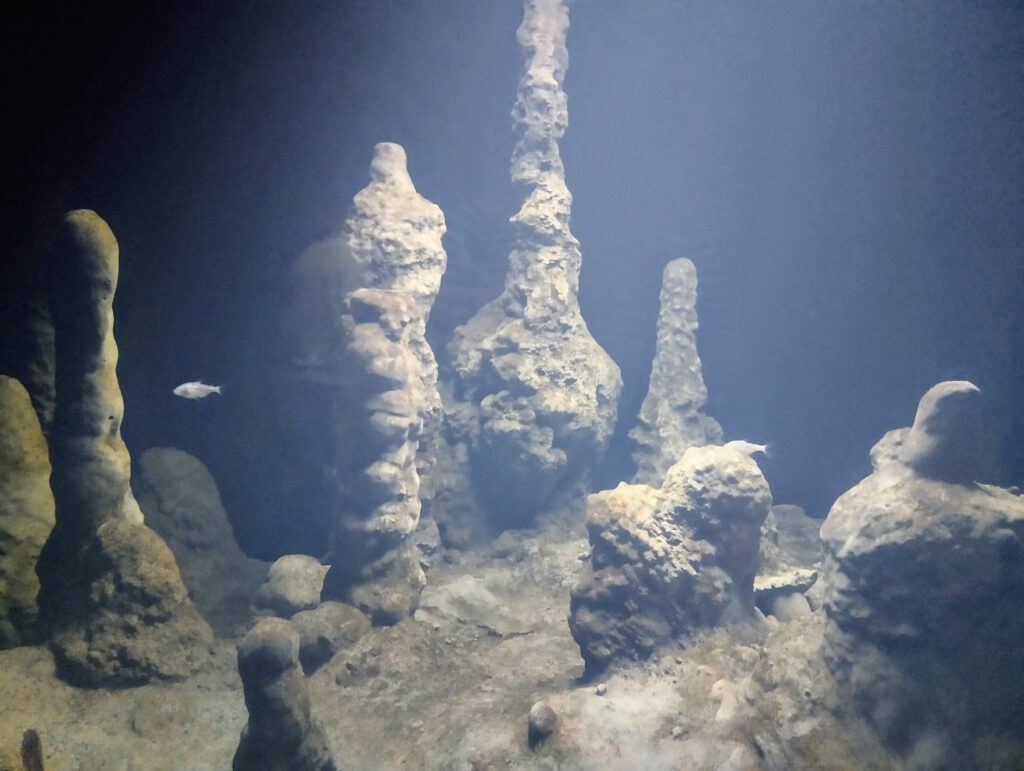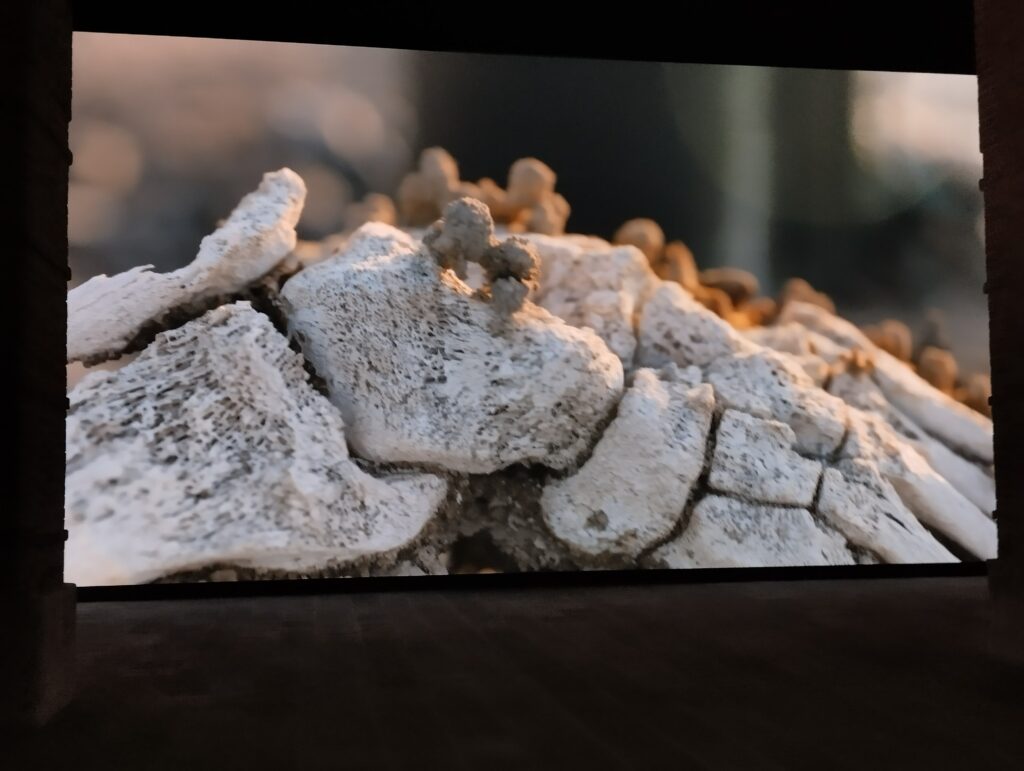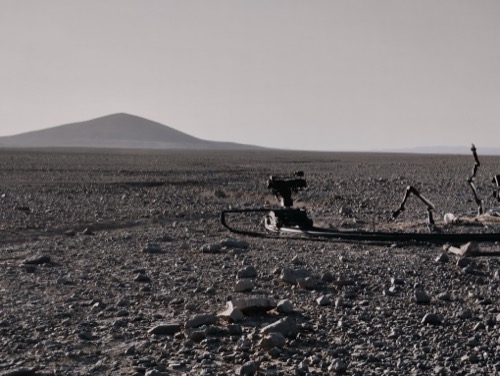Punta della Dogana and François Pinault
The Pinault Collection is a renowned private art collection owned by François Pinault, an important art collector. The collection focuses on contemporary art and includes works by many prominent artists
Punta della Dogana is one of the key exhibition spaces for the Pinault Collection in Venice. It is a historic building that was originally used as a customs house. In 2009, François Pinault commissioned Japanese architect Tadao Ando to restore and transform the building into a modern exhibition space. The restoration project aimed to balance historical preservation with contemporary design elements.
Every year, a new exhibition is proposed, featuring works from the collector as well as from other museums and collections. In 2024 the exhibition Liminal was dedicated to the Artificial Intelligence.
Pierre Huyghe – Liminal, Artificial Intelligence in Art – 2024

Artificial intelligence in art will be the subject of many debates in the future, just as it has been in the field of cinema and is in the field of literature.
While our eyes were turned to Adriano Pedrosa’s Biennale 2024, loved, criticized, dissected, and analyzed in all its aspects—which will be remembered as a very traditional exhibition due to the choice of artists and the media they use—a short distance from the Biennale Gardens, at the François Pinault Foundation, an exhibition that truly bridges the gap between today’s and tomorrow’s art is being held, and is still being held, Liminal by Pierre Huyghe.
Pierre Huyghe is a French artist living and working in the United States, who uses unusual mediums for his artistic creations and experiments, including artificial intelligence. Huyghe’s interest spans from inanimate life forms to animated ones and those that live on their own, which should prompt us to reflect deeply, especially on artificial intelligence.


Where is the limit, and where are we going?
We should begin our reflections by analyzing the etymology of the exhibition’s title, which is not coincidental: Liminal. According to the definition from the Treccani Encyclopedia, liminal comes from the Latin limen-minis, meaning “threshold.” It describes a phenomenon in psychology or physiology that is on the threshold, the limit, of consciousness and perception. The exhibition’s title explains much of what is seen inside because Liminal is truly an exhibition where limits are reached and crossed, particularly the physical limits of our perception, the limits of the artist’s work, expanded and in a sense surpassed by artificial intelligence. The latter incessantly continues to produce images and videos, reacting to environmental stimuli, including us visitors.
Liminal by Pierre Huyghe is an exhibition that is not easy to understand, one where you need to be accompanied and guided by someone capable or prepared for what you will see, otherwise the risk is to wander through the spaces without understanding what you are seeing. If possible, have someone physically accompany you in the dark spaces of the first rooms, where the staff is always knowledgeable about the various exhibitions, because you will find yourself in almost total darkness without points of reference, even if you know the spaces perfectly like me. You will be disoriented in the dark with a large screen in front of you, where a creature that resembles a woman moves and contorts. Ask for explanations and take the time to let your eyes adjust to the darkness, stop to watch all the other videos with very high-quality images.
Perhaps calling it an exhibition is not even correct, because in reality, Liminal is an experience of sharing spaces with artistic creations that seem to have a life of their own, and in reality, they do. It feels like Liminal by Pierre Huyghe is alive, and in fact, we see the creature on the screen moving, breathing, emitting sounds and light, and we see luminous installations emitting smoke and almost breathing. The installations of Liminal speak a language that we will never be able to understand, and they do so truly, speaking a language they create themselves.
Liminal will be presented in 2025 in Seoul at the Leeum Museum, and it has been a great opportunity, offered by the Pinault Foundation, to see it in Venice during the 2024 Biennale.
Today, imagining Venice’s contemporary art scene without the François Pinault Foundation would be truly difficult.
FIORELLA PAGOTTO — I am an art historian and a writer, author of essays on art history and biographies of artists. I also deal with the history of architecture and the history of architectural restoration. I have been a guide to the city of Venice and the Veneto villas since 2012, when I passed the Veneto Region exam.
Venice, November 2024
@ Copyright holder 2024- All rights reserved. No part of this publication and pictures can be reproduced, stored in a retrieval system or transmitted in any form or by any means, electronic, mechanicanical or photocopying, recording, or otherwise without the prior permission of the publisher. Please provide the link if you mention it.

